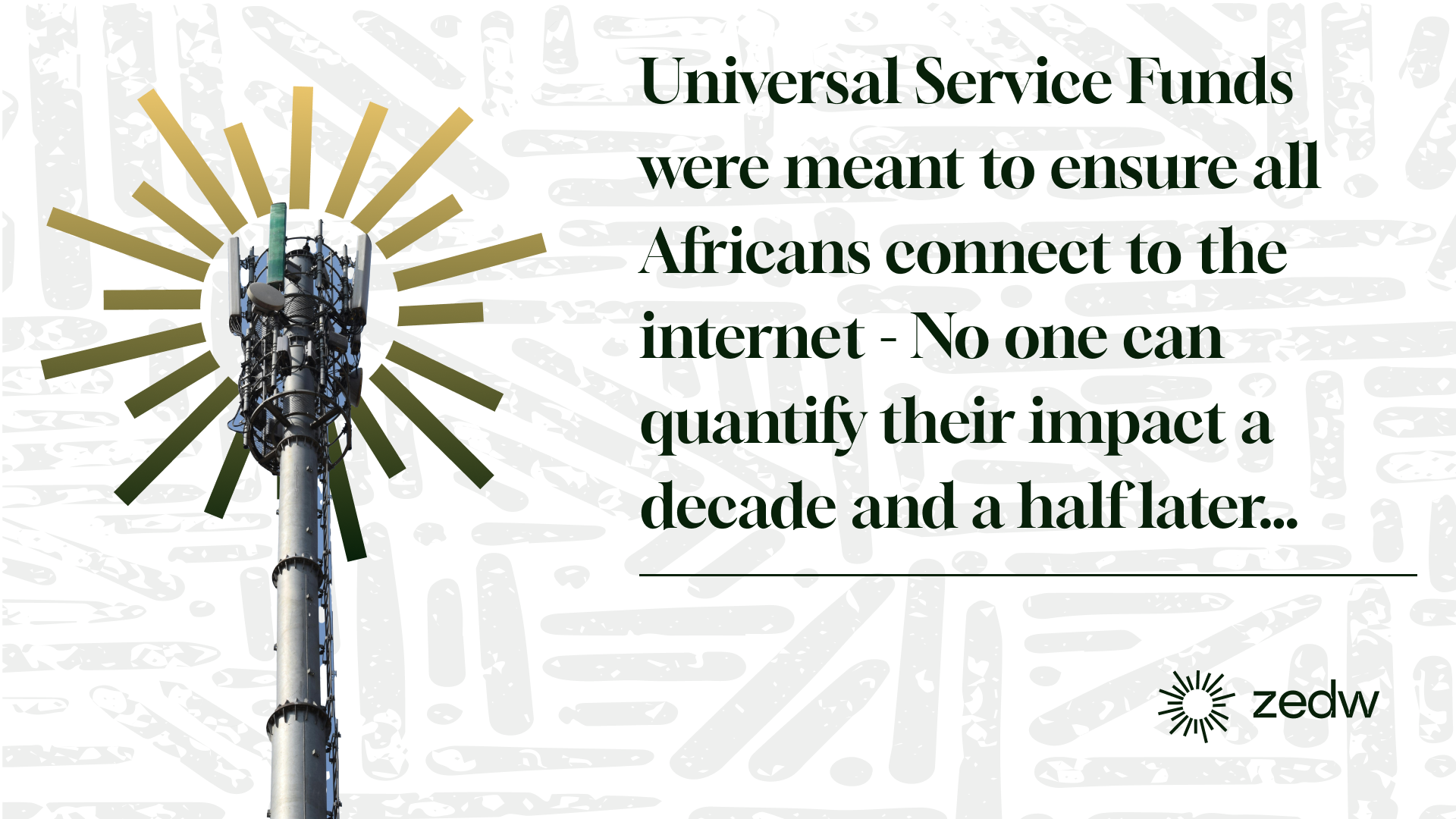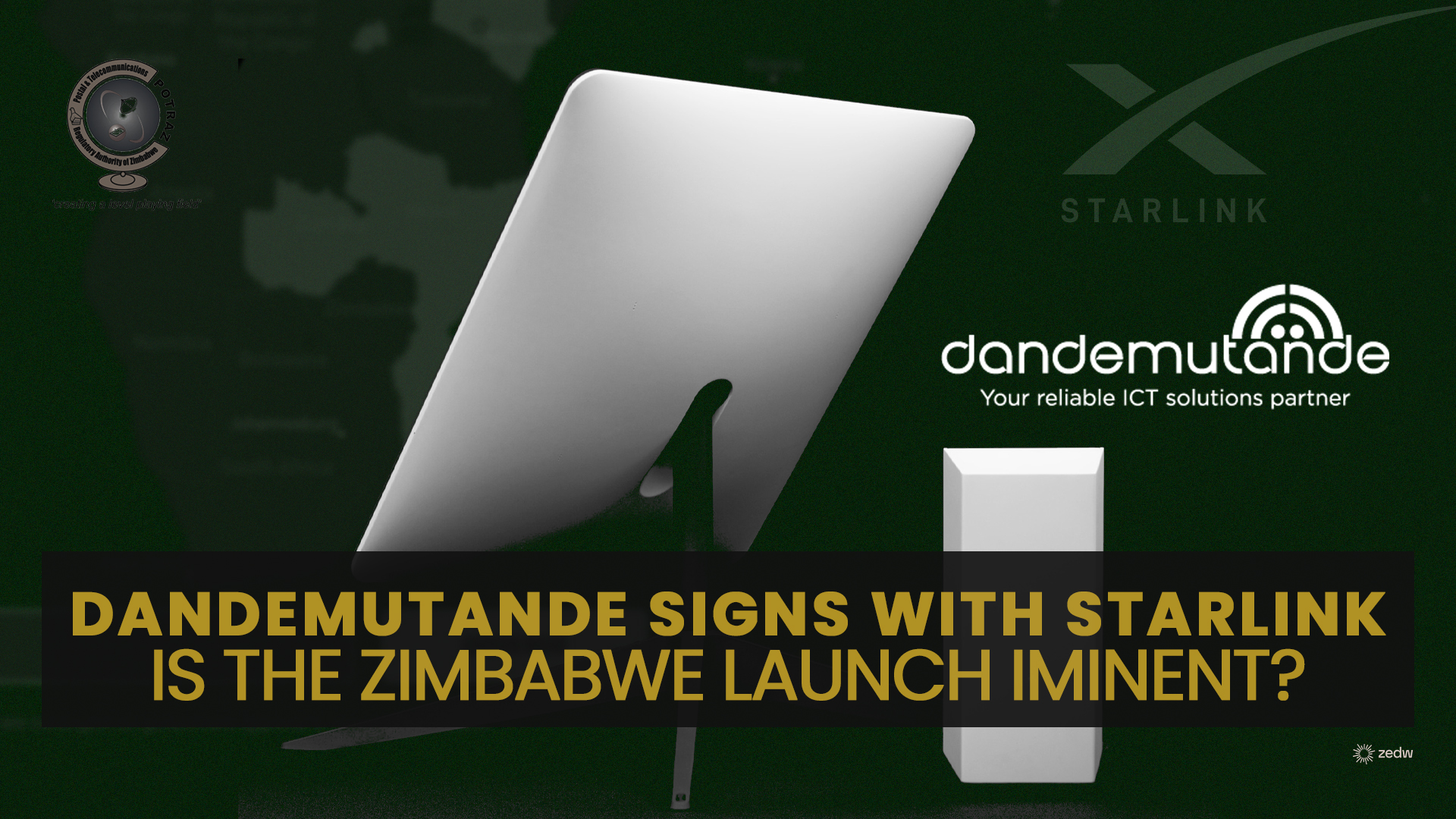South Africa is arguably the biggest telecoms market in Southern Africa. It has the biggest population and enjoys a coastline spanning the east, south, and west of the continent, strategically well-positioned to access connectivity through undersea optic cables from continents to the western and eastern sides of Africa
Mobile Network Space
South Africa has 4 main mobile operators. Vodacom is the biggest operator with a 43% market share. MTN is second with 26%, Telkom is third with 23% and Cell C is fourth with 8%. Mobile subscriptions stood at 106 million in 2022, an increase of 3.25% from 103 million in 2021 and up from 91.7 million in 2018. About 70% of mobile subscribers are smartphone users.

National population coverage for 3G stands at 100%. 4G population coverage sits at 98% with 5G population coverage at 20% up from 7.5% in 2021. The South African Government, under the ‘Proposed next-generation radio frequency spectrum policy for economic development’, is planning on decommissioning 2G technology by 30 June 2024 and 3G technology by 30 March 2025, leaving only 4G and 5G networks.
1.1 Sunset of 2G Network
Government of South Africa
The following section provides preliminary dates for sunset of 2G Networks
(a) The prohibition of the licensing of 2G devices – 30 June 2023
(b) Prohibit of new connections or activation of 2G devices on networks – 31
December 2023
(c) Shutdown of 2G services – 31 March 2024
(d) Shutdown of 2G network – 30 June 2024
1.2 Sunset of 3G Network
The following section provides preliminary dates for sunset of 3G Networks
(a) The prohibition of the licensing of 3G devices – 31 March 2024
(b) Prohibition of connections or activation of 3G on networks – 30 September 2024
(c) Shutdown of 3G services – 31 December 2024
(d) Shutdown of 3G network – 30 March 2025
Fixed operator space
The fixed operator space is one with huge potential. ICASA’s March 2023 report puts just 10% of households in South Africa as having access to home internet. Telkom has the largest overall fixed internet provider with a market share of 40%. Fixed internet offered by Telkom includes DSL and fixed wireless connections under Telkom and fiber connections via their subsidiary OpenServe.
Vumatel has the largest market share of fiber connections in the country at 37% of all FTTH connections. It is a subsidiary of Community Investment Ventures Holdings Proprietary Limited (CIVH) which also has Dark Fiber Africa (DFA), an open-access fibre network provider. DFA and Vumatel are its biggest subsidiaries.
Vox Telecom is the second largest overall fixed network provider with a market share of 22%. Its services include ADSL, fiber, Satellite, and LTE but with several cross-partnerships with the competition. Their ADSL is provided wholesale by Telkom and their fiber is primarily from open-access fiber networks.
The state of network infrastructure in South Africa
South Africa has a 100% mobile network coverage of the population and the highest 5G coverage in Africa at 20% of the population as of 2022. The breakdown of base stations is 30,168 for 2G, 35,624 for 3G, 31,989 for 4G, and 4,502 for 5G. It is interesting to note that the total number of base stations dropped in 2022 from 2021 by 1.36% with the biggest deficit coming from 4G base stations (3,173).
Ookla’s report states that South Africa ranks #52 on the global index for mobile network speeds with median download and upload speeds of 45.06Mbps and 7.95Mbps respectively. As for fixed network speeds, it ranks #102 with median upload and download speeds of 42.57Mbps and 38.45Mbps respectively.

Total international internet bandwidth stands at 2.14Tbps up from 1.3Tbps in 2021. Over 5 years, total international bandwidth has increased from 864.5Gbps. The total length of fibre optic cable in South Africa is estimated to be around 200,000 kilometers. This includes both underground and aerial cables.
The largest fibre network in South Africa is owned by Telkom, (OpenServe) with a length of over 170,000 kilometers. Other major fibre networks include CIVH (parent company to Vumatel and DFA) with a capacity of over 30,000 kilometers. Open access network providers hold the bulk of South Africa’s fiber network with over 200 ISPs purchasing bandwidth at wholesale from them.
Telecoms sector revenues
In 2022, the data component of mobile revenue was the largest, accounting for over 50% of mobile revenues with a year-on-year growth rate of 17.14%. Mobile voice revenue stood at 27.35% which is a continued decline from 43.95% in 2018.
Total mobile revenue stood at R121.9 billion (US$6.53 billion) which is 58.61% of the total revenue of the telecommunications sector. As of 2021, MTN’s Average Revenue Per User (ARPU) was the highest at R98, Telkom was second at R92, Vodacom was third at R91 and Cell C did not disclose its ARPU.

Total fixed internet and data revenues fell by 10.97% between 2021 and 2022. Fixed line revenue continues to face a decline with a 14.49% dip in revenue in 2022 versus 2021. Total investment in telecommunications grew by 17.16% from 2021 to 2022 marking an uptick after a continuous decline from 2018 to 2021.
Investment to curtail load-shedding
Loadshedding in South Africa was at an all-time high in 2022 recording an estimated 1,949 hours. To offset load-shedding, investment has been put by the telecommunications industry in alternative power solutions during load-shedding. R873,5 million has gone into procurement of 16,660 generators and R2,65 billion has gone into investing in 98,733 batteries for backup power.









